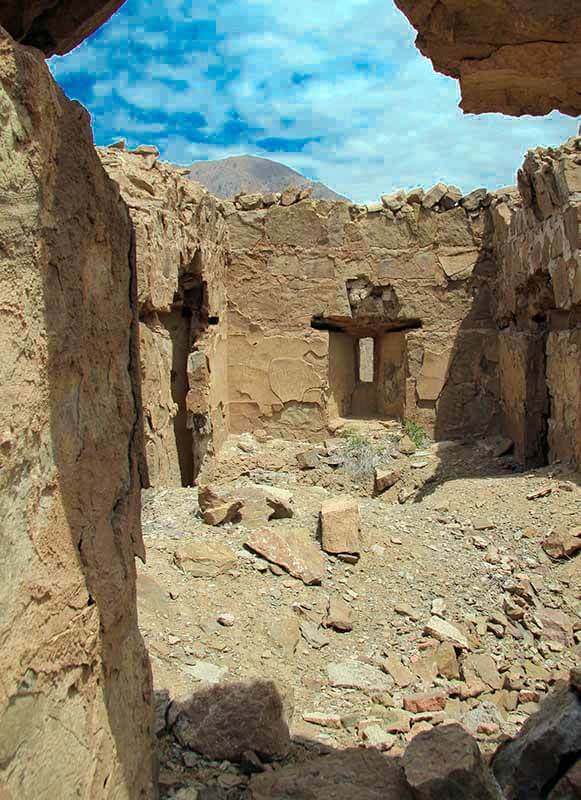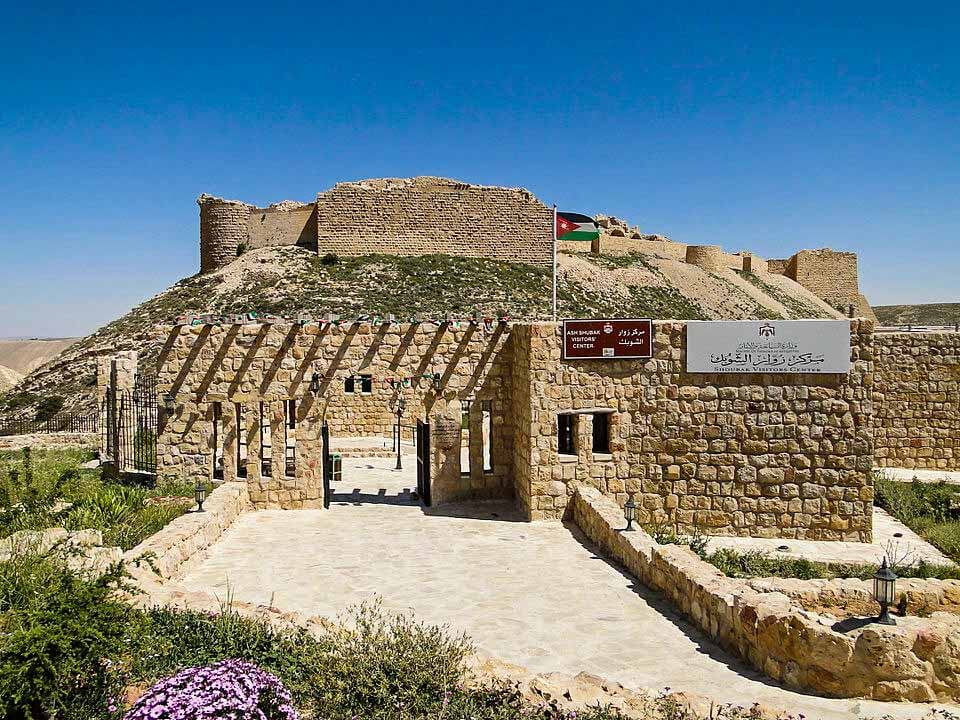Al-Sawda, Tartus – Syria
Coordinates: 34.972778, 36.002222
Khawabi also spelled Qala’at al-Khawabi is a village and medieval citadel in northwestern Syria, administratively part of the Tartus Governorate, located 20 kilometers northeast of Tartus and 12 kilometers east of al-Sawda.
Its inhabitants are predominantly Sunni Muslims.
The village formerly had a significant Ismaili population until the early 20th century, and during the medieval period, its citadel (Qala’at Khawabi) served as a center of the Ismaili community when they were known as the Assassins.
The citadel itself has been inhabited since at least the 12th century.
A short time following the Nizari Ismailis’ capture of Masyaf in 1141, they proceeded to conquer Khawabi.
By the time the Ismailis’ chief Rashid al-Din Sinan renovated the citadel into a formidable possession in 1160, Khawabi had developed into an Ismaili center.
Part of Sinan’s renovations included the construction of a tower at the citadel’s entrance and the replacement of some walls. Khawabi became geo-strategically important for the Ismailis since it provided further defense for other Ismaili mountain fortresses to its southwest.
The Ismailis maintained their control over Khawabi until the beginning of the Mamluk era in Syria.
In 1273 the Mamluk sultan Baibars annexed and destroyed the citadel.
From that point on, although the Ismailis had continued to live in the area with limited autonomy under Mamluk rule, the dismantled fortress was no longer used for military purposes.












